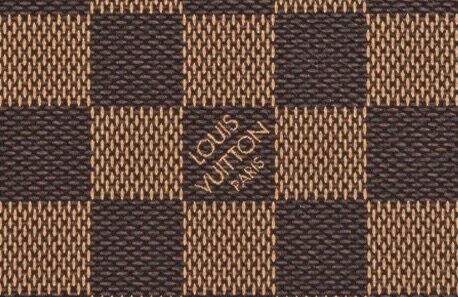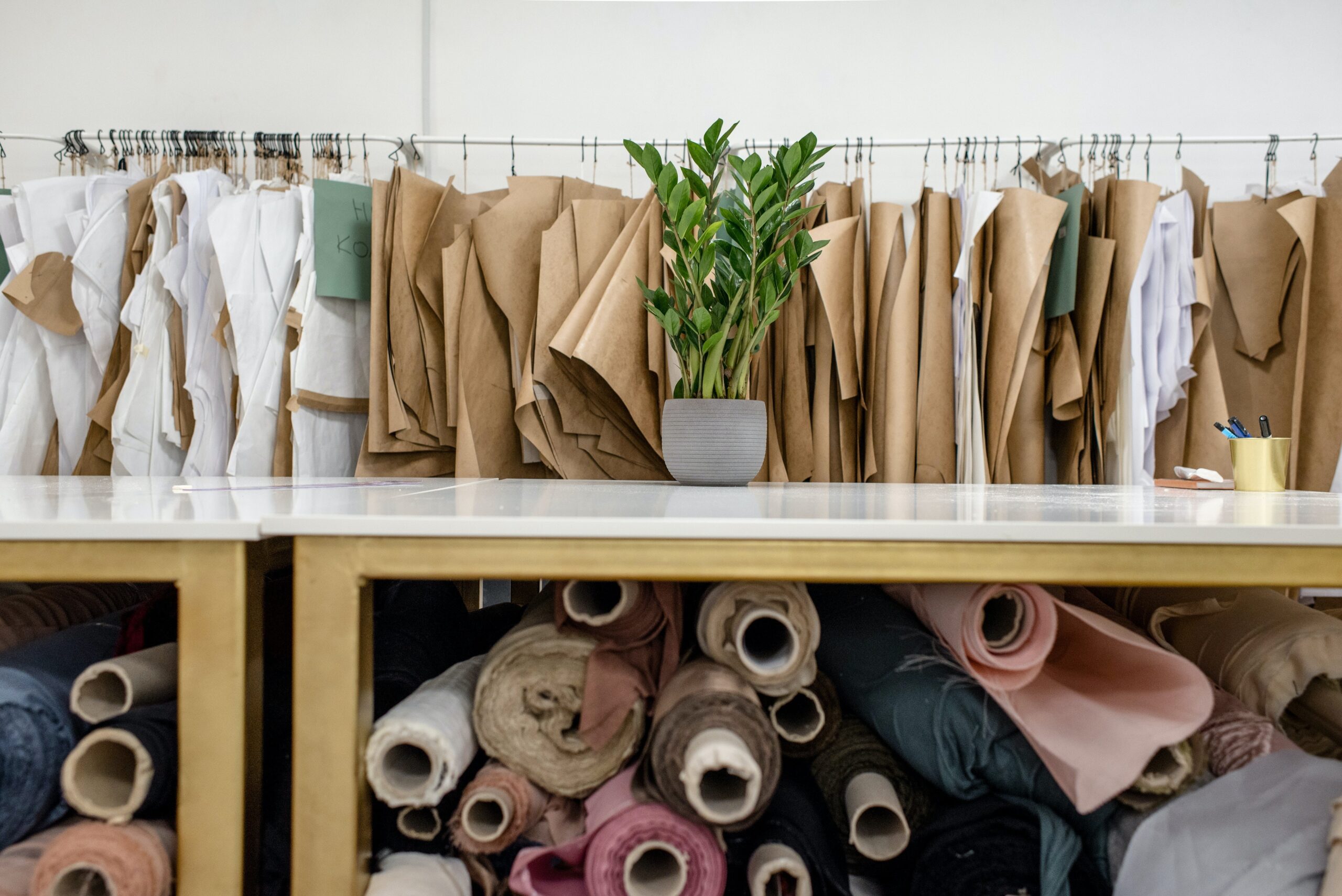Fashion has always been known to push the envelope. With new trends and ideas, fashion has an eye towards the future. New technologies and shifting customer trends and demands will transform the fashion industry in the future years, resulting in huge amounts of innovation.
From the introduction of the sewing machine to the rise of e-commerce, fashion has always been at the forefront of innovation. Fashion, like technology, is forward-thinking and cyclical. Fashion technology is evolving at a faster rate than ever before.
Despite the fact that fashion has grown through decades of continuously creating demands by being stylish and intriguing, its environmental impact is growing increasingly harmful. The fashion business, as one of the biggest players in the world economy, has a responsibility to safeguard and save the environment and its valuable resources. The environment is under too much stress as a result of insatiable and rising demands. The culture of affordable shopping has resulted in an increase in the number of shopaholics, which has resulted in increased shopping.
We live in the era of technology known as the “insta-age”. Customers have been trained to desire instant access to the latest trends as soon as they hit the catwalks, thanks to social media, which is transforming the way fashion is consumed. Younger generations, on the other hand, seek products that can be personalized to their requirements and preferences in order to stand out from the crowd. Furthermore, ‘mass-made’ or ‘fast-fashion’ clothing appears to be losing favor.
Changes in Technology
- Artificial intelligence
Artificial Intelligence (AI) is transforming the fashion industry by playing a vital role in manufacturing their products to the way they are marketed and sold. AI in fashion is revolutionising the industry in many ways, from design to manufacturing, logistics supply chain, and marketing.
The first use of AI in fashion is as an advisor. Customers are given clothing recommendations based on their height, weight, style, and current size via artificially intelligent digital assistants. Customers are then provided precise size based on the details they entered into the system. The correctness of the size is based on feedback from other customers.
The fashion industry is one of the most polluting industries on the planet. It accounts for 10% of worldwide CO2 emissions, 20% of global industrial effluent, and 25% of all insecticides used in the industry. It is absurd to believe that this industry will be able to keep up with the fast fashion epidemic by mass-producing clothing. Artificial intelligence, on the other hand, can be utilised at various phases of production to overcome this problem, resulting in lower inventory levels. AI provides a sustainable solution to the fashion industry, cutting overall inventory levels by 20–50 percent while also enhancing working conditions. Artificial Intelligence, in combination with Machine Learning, Deep Learning, Natural Language Processing, Visual Recognition, and Data Analytics, can be used to reduce trend prediction errors and more accurately forecast patterns, resulting in fewer garments being created and then unused.
AI-enabled machines and robots can precisely stitch fabrics while also detecting flaws in the fabric and providing quality assurance to verify that the actual design shades will match the new colours.
Companies can use AI to automate logistics and supply chain processes for speedier delivery, or to find alternate routes for vehicles that have been diverted due to unforeseen situations like severe weather or road construction.
-
3D Printing
3D printing has made an impact on almost every industry you can think of, and the fashion industry is no different. The use of 3D printers in the fashion sector is gaining pace as designers and manufacturers learn about the advantages of this technology. 3D printers may be used to make spectacular 3D printed clothes with never-before-seen designs and geometries, as well as for prototyping and making the apparel manufacturing process much more sustainable.
It reduces waste and potentially use less water-intensive materials than cotton (as well as other natural and synthetic fabrics). The materials used are usually recyclable and reusable, reducing the amount of clothing that ends up in landfills. Furthermore, at-home printers can aid in reducing the environmental impact of large factories.
Designers can innovate more quickly due to 3D printing. Lead times can be drastically reduced. With only a few geometrical constraints, wearable apparel can be created.
Any apparel brand’s ability to get new styles to stores as swiftly and efficiently as feasible is a key factor in their success. 3D printing provides the speed and efficiency required to flourish in this rapidly changing industry.
Brands using 3D Printing-
- Nike– Created the first 3D printed Flyprint, and the technology is now being used in smaller components.
- Adidas– Designing 3D printed midsoles.
- New Balance was the first company to mass-produce 3D-printed midsoles.
- Victoria’s Secret lingerie runway presentations incorporate technology.
- Blockchain
Blockchain is a data recording system that makes it hard or impossible to change, hack, or cheat the system. Blockchain technology is a series of records and data known as blocks which are linked to each other in a cryptic manner for security and safety purpose. The technology is currently in its infancy stage, and it will take at least a few years to standardize and become mainstream.
The fashion industry still has its own set of difficulties, as in any industry. The shipping monitoring and timely delivery of products with the correct specifications is another problem. A lot of these questions can be resolved by blockchain.
Manufacturers and designers can protect their products from counterfeiting through the use of blockchain. Its origin and ownership can be traced all the way up to the origins for each fashion item. Counterfeit products or replicas will not have a genuine record chain, and will thus be quickly rooted out.
As the technology spreads throughout the supply chain, customers will obtain even more information from an embedded chip. Consumers would have the information they need to reject products that are counterfeit or that the buyer does not ethically support using materials and production facilities.
The supply chain industry is also rife of inefficiencies and mismanagement, whether it is the supply of raw materials or shipment to the end user. However, the use of the blockchain would make processes more transparent. Suppliers seeking to change any record would be automatically detected.
-
Virtual and Augmented Reality (VR)
One of Virtual Reality’s most fascinating applications has been combining the physical and online worlds of retail. This is especially true in the fashion industry, where virtual reality allows customers to visually try on clothing. With the use of augmented reality, you can turn your phone or tablet into a magical 3D mirror that can give you a wide range of new looks and even take a funny selfie. Because of the customised measurement functionality and the use of augmented reality technology, this provides improved precision. It also means that customers may be more likely to purchase things after trying them on.
Customers enjoy seeing the product on themselves before purchasing it, thus this type of online shopping experience engages and retains them for longer. Customers will find it even more attractive as a result of this, especially when combined with the social media share factor.
- Dior Try-On- Allows customers to try on sunglasses from the convenience of their own homes using their smartphones.
- Sephora, L’oreal, Charlotte Tilbury, and Rimmel have AR apps that allow users to try on lipsticks and other items using videos and photographs on their cellphones.
- Balmain VR– A virtual reality software that lets you go behind the scenes of the fashion company and watch live feeds of its runway show.
- Tommy Hilfiger– Virtual reality headsets are available in Tommy Hilfiger stores, allowing you to immerse yourself in a 360-degree experience of the label’s Autumn/Winter fashion show.
Change in Trends
-
Clothes become genderless
The notion of gender and the “norms” that surround it are evolving. Men and women have been categorised in society for ages. Many societies, however, are blurring the distinctions, and people are beginning to wear clothing that they feel comfortable in rather than what is assigned to them based on their sex. This has prompted the development of increasingly gender-neutral apparel.
-
The growth of “ReCommerce”
“ReCommerce” has grown in popularity over the last year. This refers to purchasing used clothing from a thrift store, consignment shop, or an online seller. Part of this trend can be linked to a shift toward eco-friendly purchasing and waste reduction, but “upcycling” and repurposing vintage items has also become popular. Upcycling is when someone takes an item of clothing and redesigns it to fit their personal style. This can include things like dying, cutting, and stitching clothes to create something new.
- Slow fashion takes over
It has recently become one of the hottest topics in terms of sustainability, as fashion is one of the most polluting industries on the planet. Fashion has long been one of the most significant contributors to waste and climate change, owing to its unsustainable and non-eco-friendly manufacturing methods. With fast-fashion taking over, garments soon become outdated and are created with cheap materials. However, the tide is changing, and brands are shifting to more environmentally friendly fabrics and manufacturing practices. Although firms are attempting to implement more environmentally friendly methods.
Slow fashion is awareness and approach to fashion that takes into account the processes and resources used to create clothes. It promotes the purchase of higher-quality clothing that will last longer, as well as the value of fair treatment of people, animals, and the environment.
It is made of high-quality, environmentally friendly products that are often sold in smaller local stores rather than large chain stores. Slow fashion entails the use of eco-friendly materials and local artisans, with the aim of preserving crafts and the environment, as well as providing value to both customers and producers.
Due to its ethical consequences in terms of sustainability and human rights, people have come to look down on fast fashion. Slow fashion is naturally becoming a popular alternative, and established fashion brands are stepping up for change.
- Data-Driven
Many stores and brands in today’s world use data to forecast the rise and fall of trends. Climate, color preferences, social media trends, and political movements are all elements in predictive analytics. The advantages of using data in fashion are various, ranging from only producing pieces that customers would really wear to minimizing waste and connecting the appropriate customers with the right pieces. Data also aids in the efficient operation of businesses, allowing them to innovate and balance supply and demand.
As a result of the global pandemic, the future of fashion is data-driven. By using data on consumer trends, marketers can produce items that consumers are most likely to buy. Fashion brands are now using data to study and monitor their customers’ tastes and shopping habits, and then creating products that fulfill their needs as a result of their analysis.
CONCLUSION
Fashion’s future is being reshaped. It is long overdue and a welcome change for up-and-coming fashion brands, but it will be interesting to observe how consumers react to the changes. Various technologies have been tried in the fashion industry in recent years. The impact of technology has been difficult to overlook following a rapid transition from traditional retail shopping to the online realm of e-commerce. Fashion is simpler, both in terms of styles and in terms of delivery, thanks in large part to Covid-19 changes. Customers and offering an innovative experience will be at the forefront of fashion’s future. The industry is always changing, but future changes will result in a more sustainable, customer-centric, and efficient industry. With companies and brands growing into new areas of the fashion industry, there is a clear trend toward adopting technology to improve customer experience. Collaborations are resulting in fascinating new products by combining the skills of various industries to produce something innovative and efficient. With a constant stream of the new and fascinating pushing the fashion industry forward, these unlimited possibilities have even more room to evolve.


















